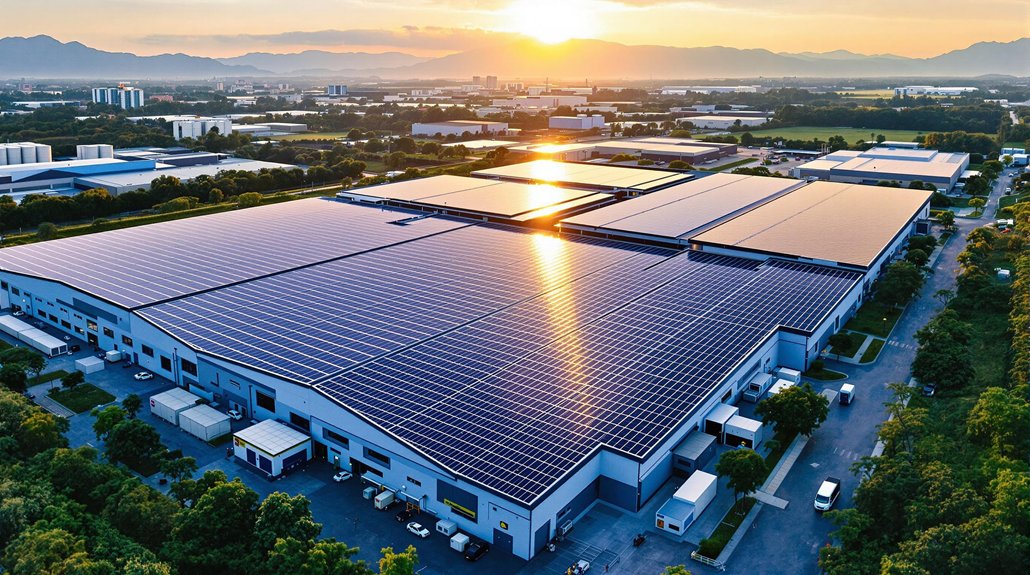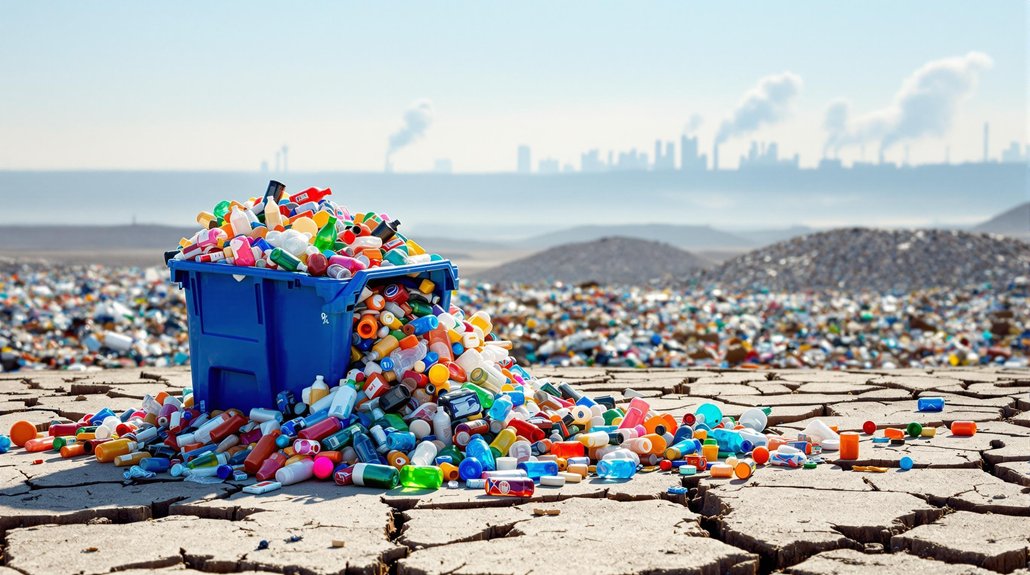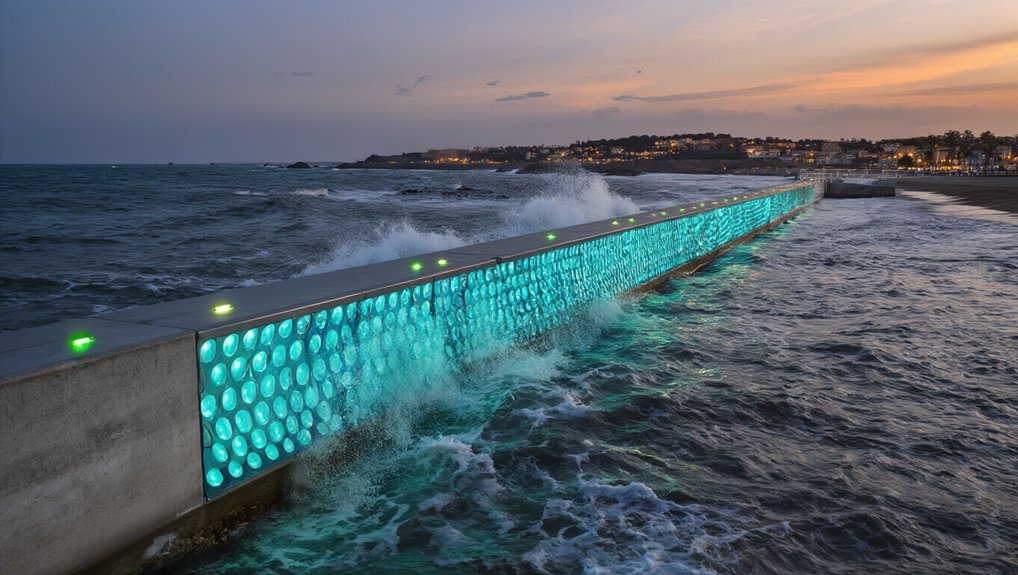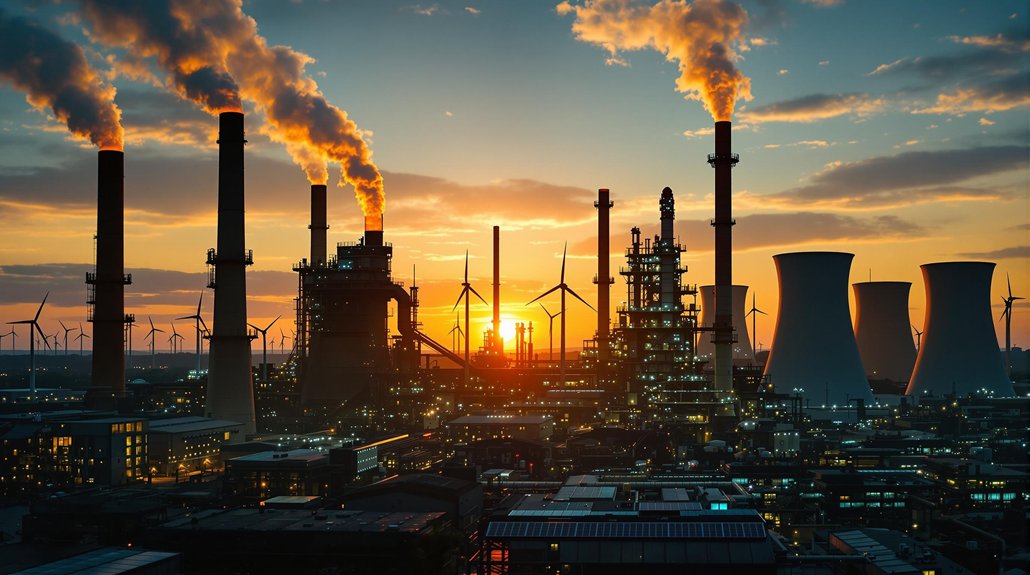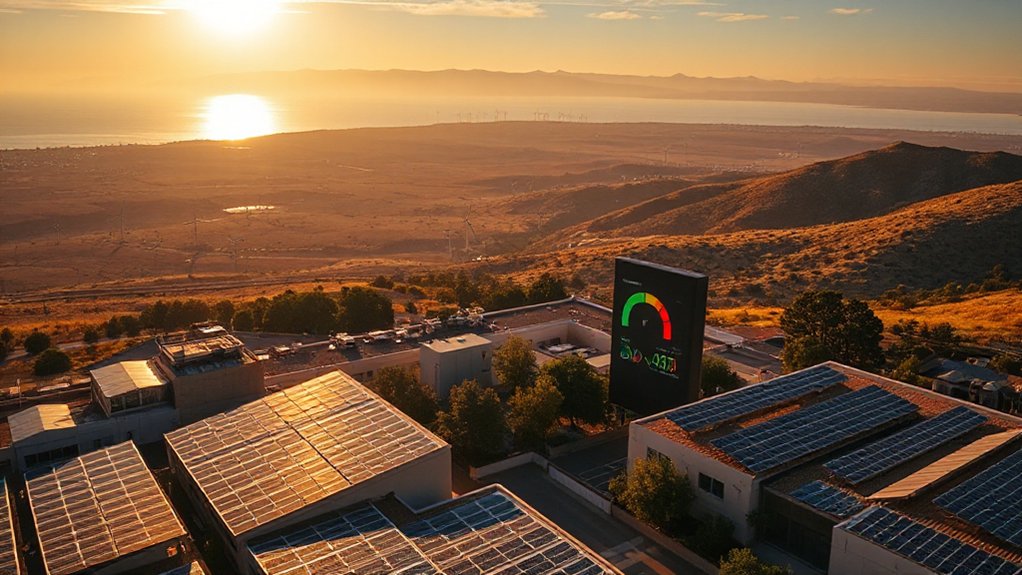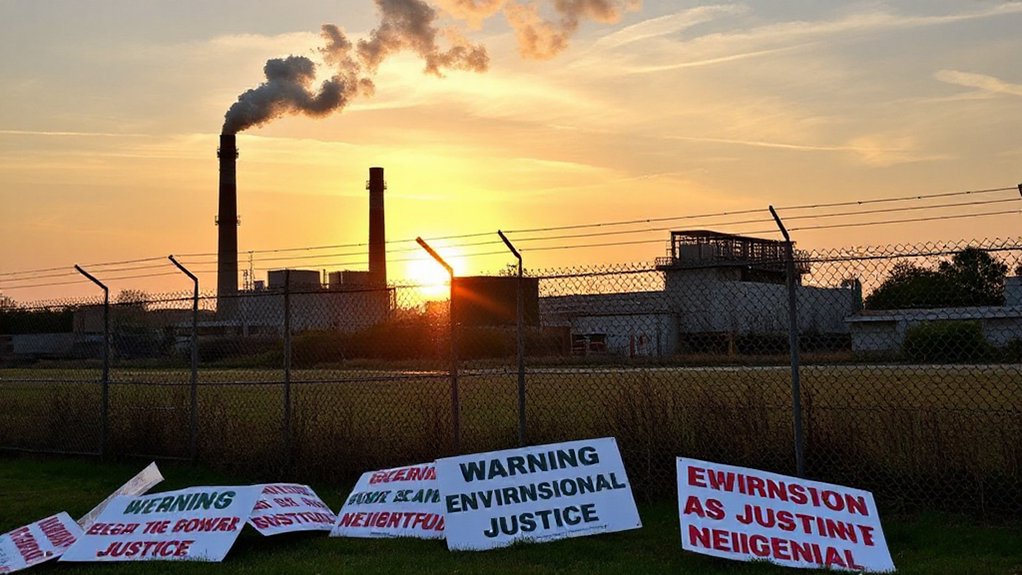LEGO’s $1 billion factory in Vietnam represents a bold step in sustainable manufacturing. The facility, powered by 12,400 solar panels and backed by innovative energy storage, aims to operate on 100% renewable energy by 2026. It’s creating thousands of local jobs while earning top environmental certifications. Despite this green initiative, LEGO still faces challenges finding plant-based alternatives to its plastic bricks. The project’s success could reshape how global companies approach large-scale production.
LEGO is building a groundbreaking $1 billion factory in Vietnam powered by the sun. The facility will feature 12,400 rooftop solar panels that will generate clean energy to run the plant’s operations. When the sun isn’t shining, a nearby energy center with large-scale battery storage will provide backup power, making this the first such system used by a manufacturer in Vietnam.
The massive investment aims to support LEGO‘s growing market in Southeast Asia while helping the company meet its environmental goals. By early 2026, the factory will run entirely on renewable energy through solar power and additional power purchase agreements. This aligns with LEGO’s plan to cut greenhouse gas emissions by 37% by 2032 and reach carbon neutrality by 2050.
Supporting Southeast Asia’s LEGO market while advancing environmental targets toward carbon neutrality by 2050.
Vietnam stands to gain considerably from this project. The factory will create thousands of local jobs in Binh Duong Province, boosting the economy. It also supports Vietnam’s national goal of achieving zero emissions by 2050. The country’s manufacturing sector, which makes up 20% of its GDP, will benefit from this sustainable industrial model. CEO Niels Christiansen has emphasized that the innovative energy storage will cover the majority of the factory’s consumption needs.
The factory’s buildings have earned top environmental certifications. Its administrative and play areas received LEED Platinum ratings, while manufacturing and storage zones achieved LEED Gold status. These ratings recognize the building’s environmentally friendly design and operation. The factory is built on 44 hectares of land, making it equivalent in size to 62 soccer pitches. This mirrors the rapid growth seen in the U.S., where solar capacity has increased over eight times since 2014.
Despite these green efforts, challenges remain. LEGO still produces plastic bricks derived from fossil fuels. The company has spent $1.2 billion searching for plant-based alternatives but hasn’t found a suitable replacement that meets its quality standards. Critics question if such investments are meaningful changes or just symbolic gestures.
As LEGO’s sixth factory globally and second in Asia, this project represents a major test of whether large-scale manufacturing can successfully shift to renewable energy. If successful, it could serve as a blueprint for other industries looking to combine production efficiency with environmental responsibility.
